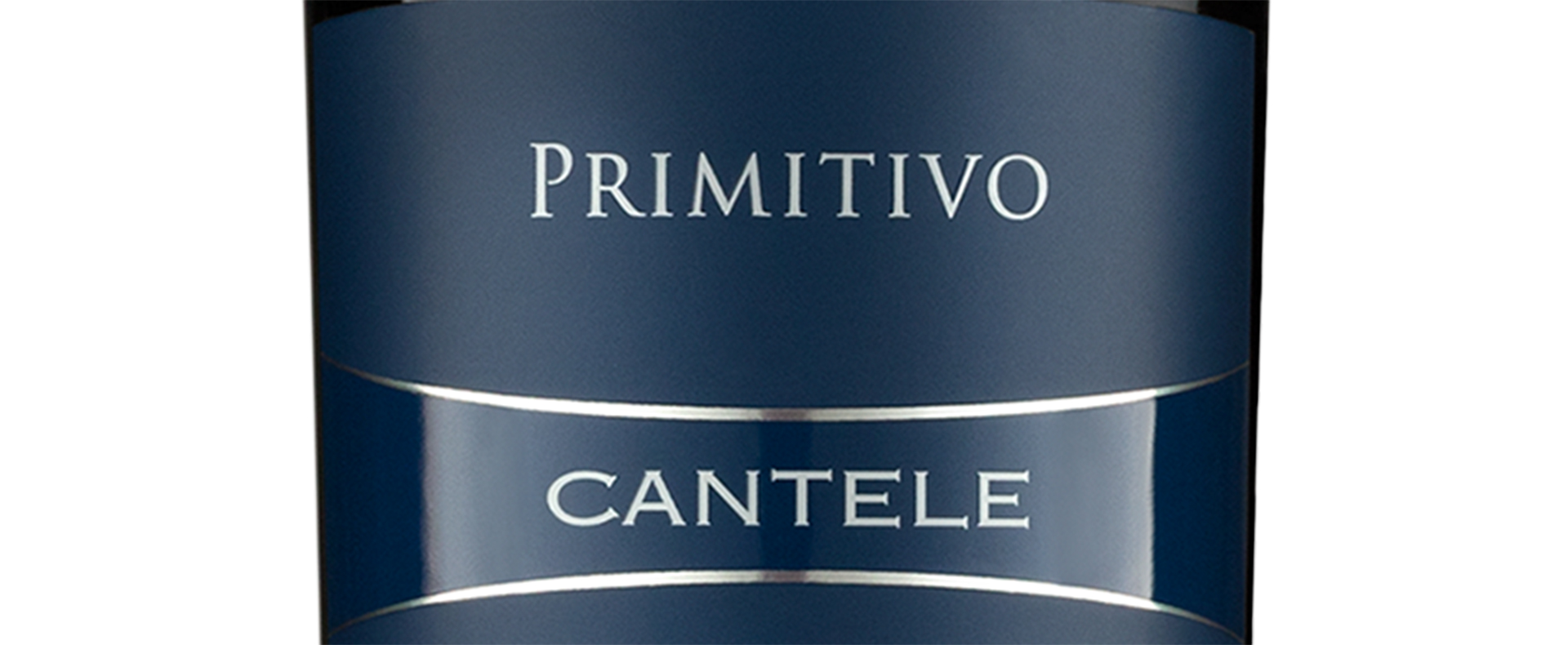Perhaps more than any other grape variety, Primitivo has been intensely scrutinized by wine historians and geneticists.
See, for example, the Wiki entry for Primitivo/Zinfandel, where the editors give an excellent overview of the tide of scholarship that has been devoted to the grape, including Charles Sullivan’s excellent monograph Zinfandel: A History of a Grape and Its Wine, published in 2003 by University of California Press.
There’s no doubt in my mind that the intense attention that has been devoted to Primitivo is owed to the immense popularity and commercial success of Zinfandel in the U.S.
When University of California Davis researchers first ascertained that Zinfandel and Primitivo were identical in the early 1970s, the news set off a debate — with substantial commercial stakes — on who planted the grape first, the Californians or the Pugliesi.
The answer to that conundrum was sorted out by Sullivan in his book: the earliest appearances of the grape occur around the same time on both sides of the Atlantic and the true origins of the grape lead to Croatia, where it first became popular in the late 18th century and is known today as Crljenak Kaštelanski or Tribidrag.
While no one knows why the grape is called Zinfandel in the U.S., most believe that the name Primitivo is owed to the fact that it is an early ripening variety.
We know for certain that the Latin primitivus could be used to denote an early-ripening plant. In De Re Rustica by first-century agronomist Columella, for example, primitivus appears widely in this sense.
The earliest printed mention of Primitivo (the enonym or grape name) that I have been able to find dates back to 1843 and by the end of the nineteenth century, the grape name appears in numerous works of ampelography.
At that time, the word primitivo in Italian was commonly understood to mean original, as in the original state of something, although the Latin meaning was not lost on Italian ampelographers, who were, for the most part, highly accomplished Latinists.
So why would someone call this grape, which probably arrived from the upper Adriatic basin, Primitivo?
We’ll probably never know the definitive answer. Our fervent interest in the origins of European grape names is a very recent phenomenon and early ampelographers — from the Renaissance to modern era — were simply uninterested in oenophilology.
I believe there are number of reasons why the name became popular among Pugliese grape growers and wine brokers at that time.
Today, in a world thirsty for fine wine, growers try to let their grapes ripen to perfection. In the nineteenth century, when wine was valued more for its nutritional value and for the fact that it was potable substance in an era when drinking water was harder to come by, growers sought to achieve the greatest yield possible. They wanted to make as much wine as possible with those grapes. So, an early ripening variety was valuable inasmuch as it was ready to harvest earlier in the growing season, thus reducing the risk of damage by late summer or early autumn rainfall.
At the time, most Pugliese wine was sold in bulk to northern markets, where cooler temperatures made it difficult to obtain the desired alcohol content and color. Keep in mind: in an era before climate change and before the advent of temperature-controlled winemaking and cultured yeast, a Barbera grower faced immense challenges in achieving 13% alcohol in his wines. Today, growers have no such problems, in part thanks to a warming trend and in part thanks to contemporary technology. So, the name Primitivus must have been appealing to growers because it was a sort of advertisement that could help brokers to sell it in the north (that 1843 mention, by the way, was in a Lloyd’s shipping manifest for a shipment bound for Vienna).
In other words, the name itself evoked the grape’s reliability as an early ripening variety that produce high alcohol (which it readily does) and dark color (thanks to its thick skin).
One final note on the origin of the name: for some reason, many would-be ampelographers erroneously write that it comes from primitivus or primativus.
Primativus (with an a) does not exist in Latin.
Primativo (with an a) is a modern corruption of primitivo and while it is sometimes used to denote the variety, it’s a recent linguistic occurrence and has no relation to the word’s etymon.

